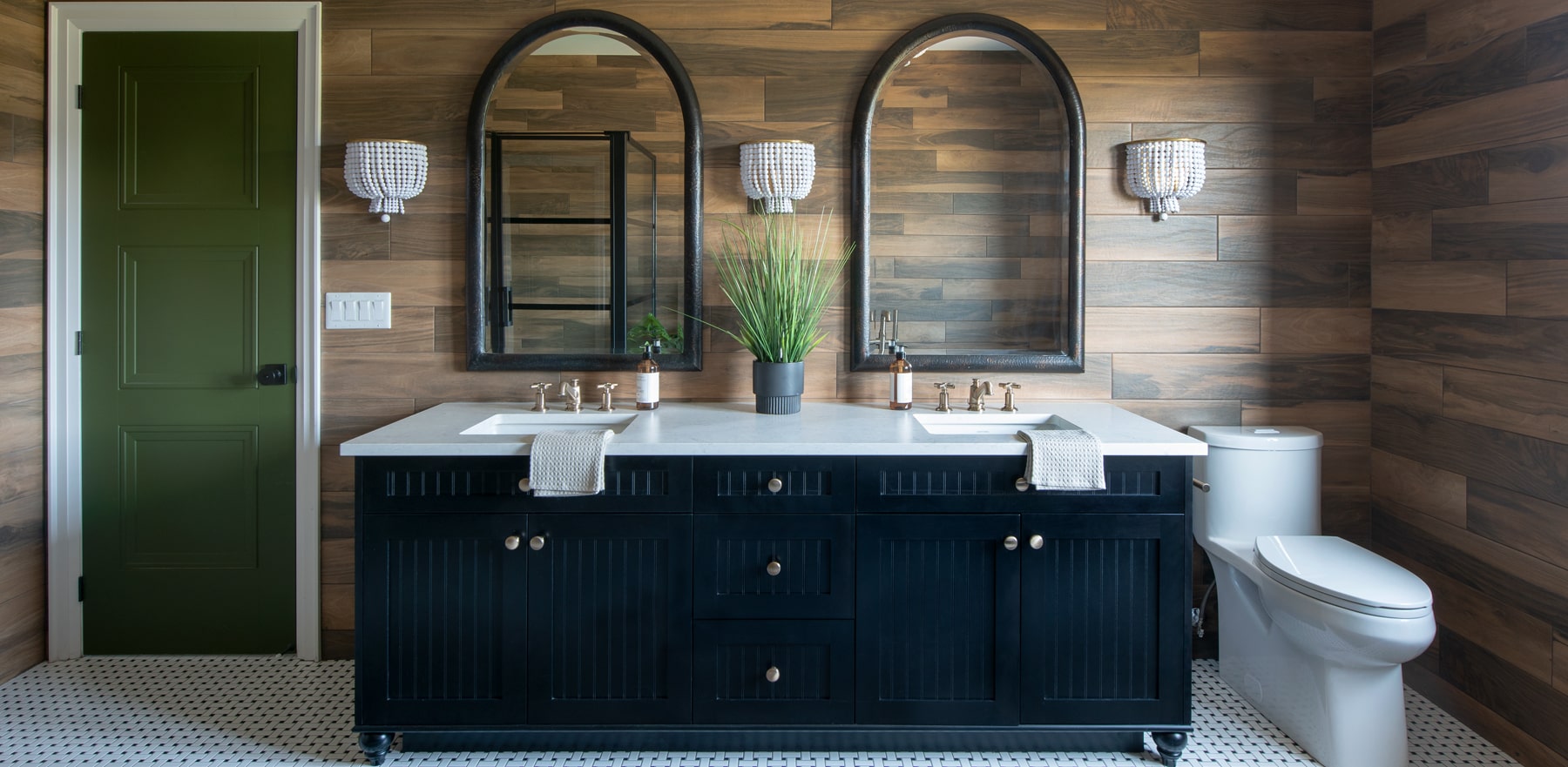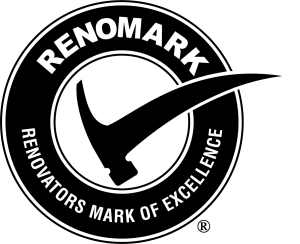Cleaning Your Kitchen and Bathroom Cabinets
For regular cabinet cleaning on either laminate or wood cabinets, wipe doors with a damp cloth (with warm water, well wrung). We advise not to use strong detergents, abrasive cleaners or self polishing waxes on cabinet surfaces as they may cause permanent damage.
For major cleaning, use warm soapy water and damp cloth well wrung out to wipe doors. Immediately follow with a clean, dry cloth to remove water residue. Do not use oil to clean surfaces because wood surfaces are lacquered and oils will not penetrate.
When wood surfaces lose their luster, we suggest you use “Trade Secret”. These products can be purchased at any major retail hardware store or directly from Laurysen Kitchens. Your cabinets are pieces of furniture and should be treated as such— but use sparingly.
Nicks and scratches are unavoidable in today’s kitchens and bathrooms. Putty and stain sticks in matching colours are available from us upon request at a nominal cost.
The interior of all our cabinets are a high grade melamine finish (a protective coating applied onto the board by the manufacturer). Dishes should be dry when being put away in the cabinets, prolonged exposure to water may cause severe spotting and or lifting. Shelf paper is not required to cover the shelves. A damp well wrung cloth is all you need to maintain a clean interior.
View our cabinet door styles and finishes >
Cleaning Your Kitchen and Bathroom Countertops:
Post-formed:
Standard post-formed countertops are comprised of 5/8″ particleboard with plastic laminate adhered to the surface as a protective coating and decorative finish. Here are a few things to keep in mind to protect your post-formed countertop:
- Abrasive cleaners or steel wool should never be used to clean a laminate surface.
- Bleach should never be allowed to rest for any extended period of time on the laminate surface because light spots will form and the surface will start to appear splotchy.
- Never use your laminate surface as a cutting board. Damaged caused by this type of action will be permanent.
- It is best to use insulating pads with hot pots and electrical appliances to avoid burn marks or heat bubbles.
- Seams/joints should be kept dry as much as possible. Excess water may cause de-laminating of plastic laminate and/or swelling of the core. Water damage is not a manufacturer’s defect and is not covered by the warranty.
- For stubborn stains, use a damp sponge with liquid cleanser (non abrasive), and rub gently in circular motions. Be sure to rinse thoroughly with clean water and dry properly.
- Tops may shift slightly due to house settlement. When this occurs, simply cover the gap with additional silicone caulking.
Granite:
Granite is a natural stone formed in the earth from liquid and gas minerals. Every piece is one of a kind, created by nature. Seams are visible. Everyday cleaning can be done with a clean cloth and water. A soapy solution made with dishwashing soap can also be used.
Never use abrasive cleaners or ammonia based sprays because extended use of these products can etch or dull the surface of the granite. You also need to be careful with acidic foods and cleaners to avoid etching of the stone.
It is not necessary to reapply a stone sealer every year. However, there are various high quality maintenance products available specifically for granite. Should stains occur it should be addressed by a professional.
Solid Surface:
This is a manufactured product of acrylic and/or polyester resin with aluminum tri-hydrates. It is available in a wide array of colours with inconspicuous seams. It is best to clean with soap and water. Stains can be removed with a Scotch-Brite pad and abrasive cleaner. Scratches, burns and stains may be repaired or removed with sandpaper and refinishing of the surface. For tough stains, deep scratches, etc. please contact a professional.
Learn how to choose the right countertop for your kitchen or bathroom >













